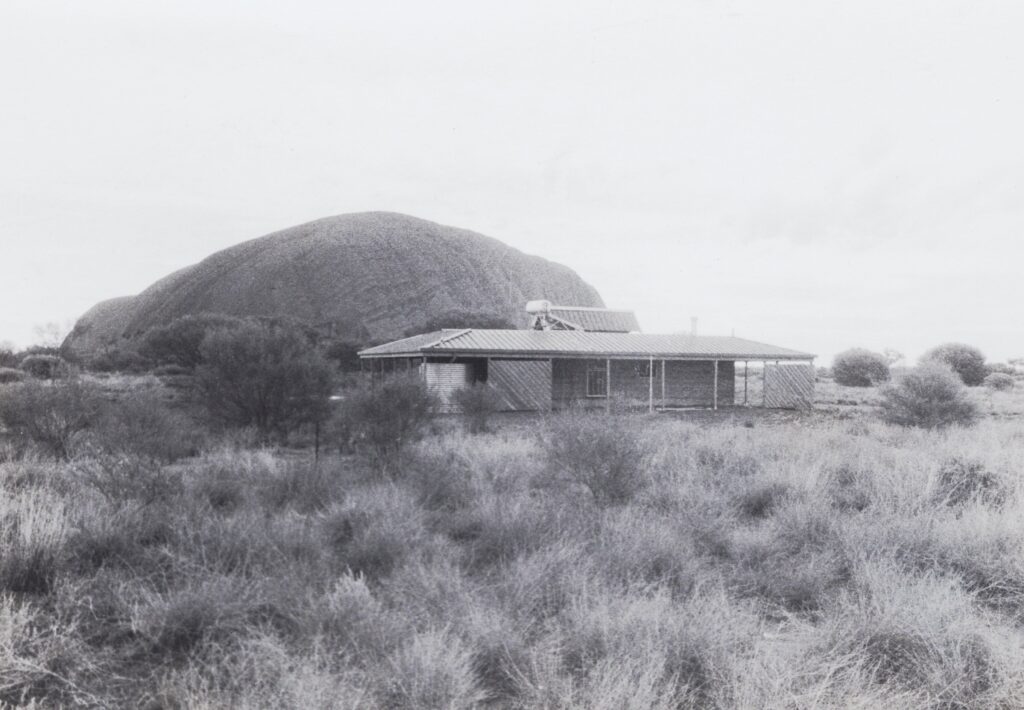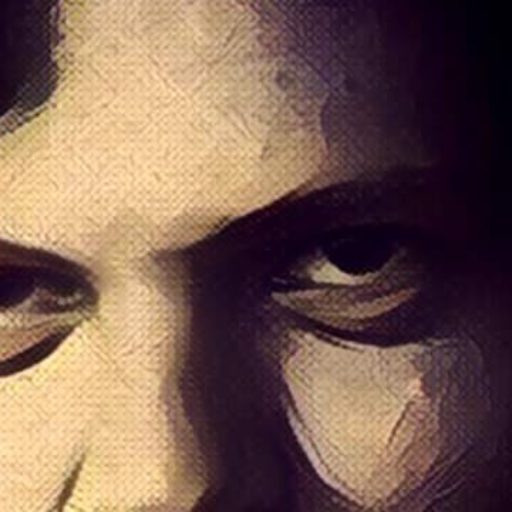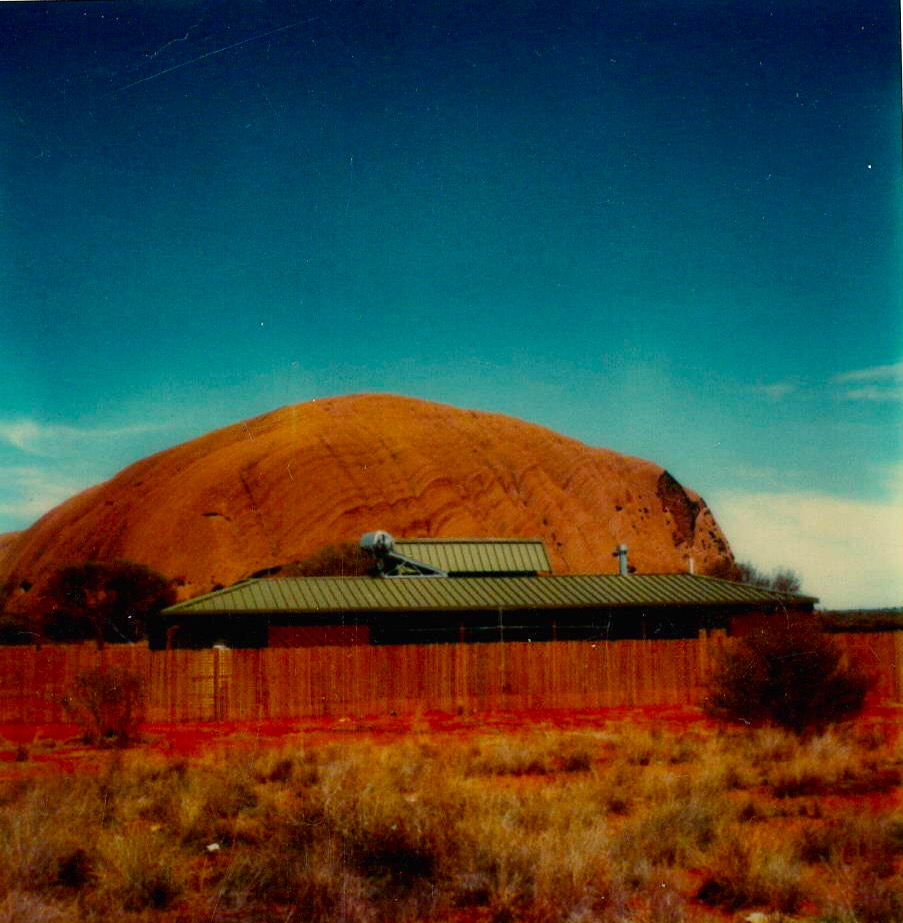About Wigleys Waterhole
In 1975, architect and painter Julian Wigley took a short posting to Alice Springs and never really came back. Chasing a way to make himself “useful,” he found himself designing houses and arguing for land with town campers, caught between bureaucracies, bulldust, and the politics of shelter.
From kids’ lessons on a homestead verandah, to night meetings under bough sheds, from Pine Gap’s shadow, to courtrooms, and creek beds, Wigleys Waterhole braids family, art, and architecture into a portrait of Central Australia at a turning point. This is a frank, funny, and furious account of what happens when a life in buildings collides with Country—and why the work still matters.
Publishing enquiries are welcome at this stage from reputable trade or independent publishers.
Link to my colonial past.
***
Warning: This document has names and photographs of deceased persons. There are blackfellas named throughout my story. Some are well-known public figures, but most are not. Many have died young. These men and women are the unsung heroes who made the day-to-day work possible. They were the ones who worked tirelessly in the weeds to force change—the drivers, translators, informants and friends—all juggling their own lives with the demands of us whitefellas and the expectations of their own mob. May they not be forgotten.
Note: I have retained terminology used in reference documents of the period to reflect the attitudes and language of the time, for example, “natives.” For historical accuracy, I have chosen to use whitefella and blackfella, in lower case and encompassing all genders, to reflect my lived experience and the interactions I observed.
Updates on the illustrations for Wigleys Waterhole
Remembering the people I worked for, in drawn line and words.
The writing’s done (I say that carefully). Now for the illustrations: sorting photos and searching for matching negatives buried in ageing boxes. My drawings and diary sketches — some yellowed with time, others still waiting to happen.


Excerpt from Wigleys Waterhole — Chapter 10
… I met with the Uluru mob over several days, assisted by Ben Clyne from the CLC, to confirm the site of the prototype house and consult with the family who would live in it. I also checked on the use of the two earlier shelters. My first task was to confirm where people wanted to live once the title was granted, and to get a house built quickly before any attempt was made to move the community outside the park boundary …
***
My challenge is to find visual coherence between the photos, sketches and drawings I want to use to illustrate the book. Initially I considered cyanotypes, but realised that sooner or later I would run into an image not suited to the process, and so break my purest heart. I could toss this notion aside and go for a mindful hotchpotch, reflective of the chaos and tumble of the times.
Either way, I have begun my search for the right visual tone for Wigleys Waterhole—something I thought was settled when I started scripting my graphic novel, a memoir. But it grew into three books, and now the pictures have to earn their place. I’ll share my visual dilemma here … sometimes.

More updates soon.
JW, October 2025

